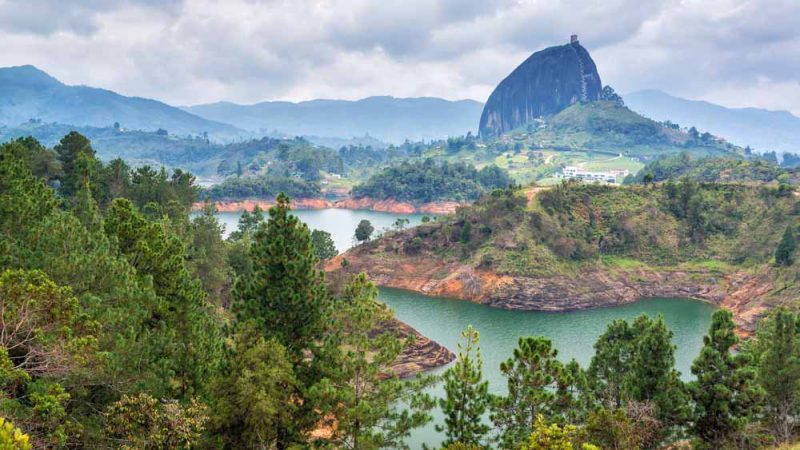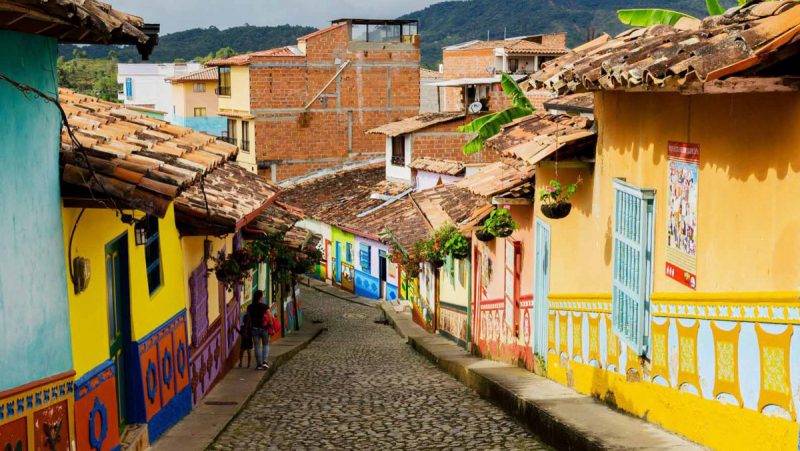Colombia Takes Aim at Overtourism with Unexpected Alternatives
As the now peaceful South American country enjoys prosperity and growth, it has become a hot spot for those looking for sun, scene and raw adventure
December 2, 2019


As Colombia’s tourism star continues to rise—from topping 2020 “must travel” lists to tripling its number of foreign tourists from 2006 to 2018—so too does the risk of overtourism in its most popular destinations.
“Second city travel”—the trend of traveling to lesser-known cities—is skyrocketing. In fact, more than half of global travelers want to help reduce overtourism and would choose a lesser-known, similar alternative to more popular options if it reduced their environmental impact. And in Colombia, it’s not hard to find incredible spots that have yet to go viral.
Here are some top picks for Colombia’s 2020 lesser-known spots to see, according to True Colombia Travel (TCT), a locally owned and led tour operator offering custom cultural, culinary and environmental tours throughout Colombia.
Swap Caribbean Vibes for Pacific Wildlife
If you think everyone’s visiting Cartagena, you’re right: this preserved colonial city receives over a million visitors a year; nearby coral reefs have been devastated by beach developments and litter. For an adventurous beach vacation that doesn’t add to this destruction, look to the country’s other coast—the Pacific—which remains among Colombia’s most undeveloped areas. Stay at the environmentally passionate El Almejal lodge for a crash course in sustainable tourism. Hike through abundant rainforests, learning about the region’s unique flora while keeping your eyes peeled for jaguars, black-headed spider monkeys and brown-throated sloths. Watch for olive ridley sea turtles while snorkeling in Utría National Park and spot breaching humpbacks off the coast, who arrive from Antarctica between July and November to mate and give birth to their young.
Skip the Strained Caño Cristales for a Cacao-Fueled Jungle Trek
The Caño Cristales, a river known as the “melted rainbow” for its vibrant, multicolored hue, became such a popular, Instagrammable tourist site after the 2016 Peace Accord that just a year later, access to the area was restricted from visitor traffic to give the overloaded ecosystem a break. Instead of adding to its waitlist, seek out another recently-opened natural experience: the jungles around Puerto Berrio in Antioquia (near Medellín), one of Colombia’s most diverse wildlife regions. On this adventure in previously off-limit lands, visitors can hike through the jungles to spot manatees in fresh-water rivers while watching for jaguars, cougars, and a host of endemic bird species. Visitors can head to a local cacao farm to see how the bean is cultivated and turned into chocolate, and learn the cultural roots and significance of the cacao bean in Colombia.

Avoid the Bogota Crowds to Party with Pasto’s Locals
Bogota may be effortlessly cool with its bike tours, chic cafés and mountainous climate, but the influx of international visitors in recent years has had its effects as cities with a tourism sector grow faster than the infrastructure available to hold it up. But visitors can discover a place typically unknown to outsiders: Pasto. It’s one of Colombia’s oldest cities, famous to Colombians for its Carnaval de Blancos y Negros. The largest annual festival in southern Colombia, this celebration is a UNESCO Intangible Cultural Heritage event. Visitors can wander the Las Lajas Sanctuary, a basilica church built into the canyon of the Guáitara River; experience artisanal works at neighborhood galleries; and enjoy local favorites such as empanadas and cuy (guinea pig – if they can separate the pet experience from the food experience).




